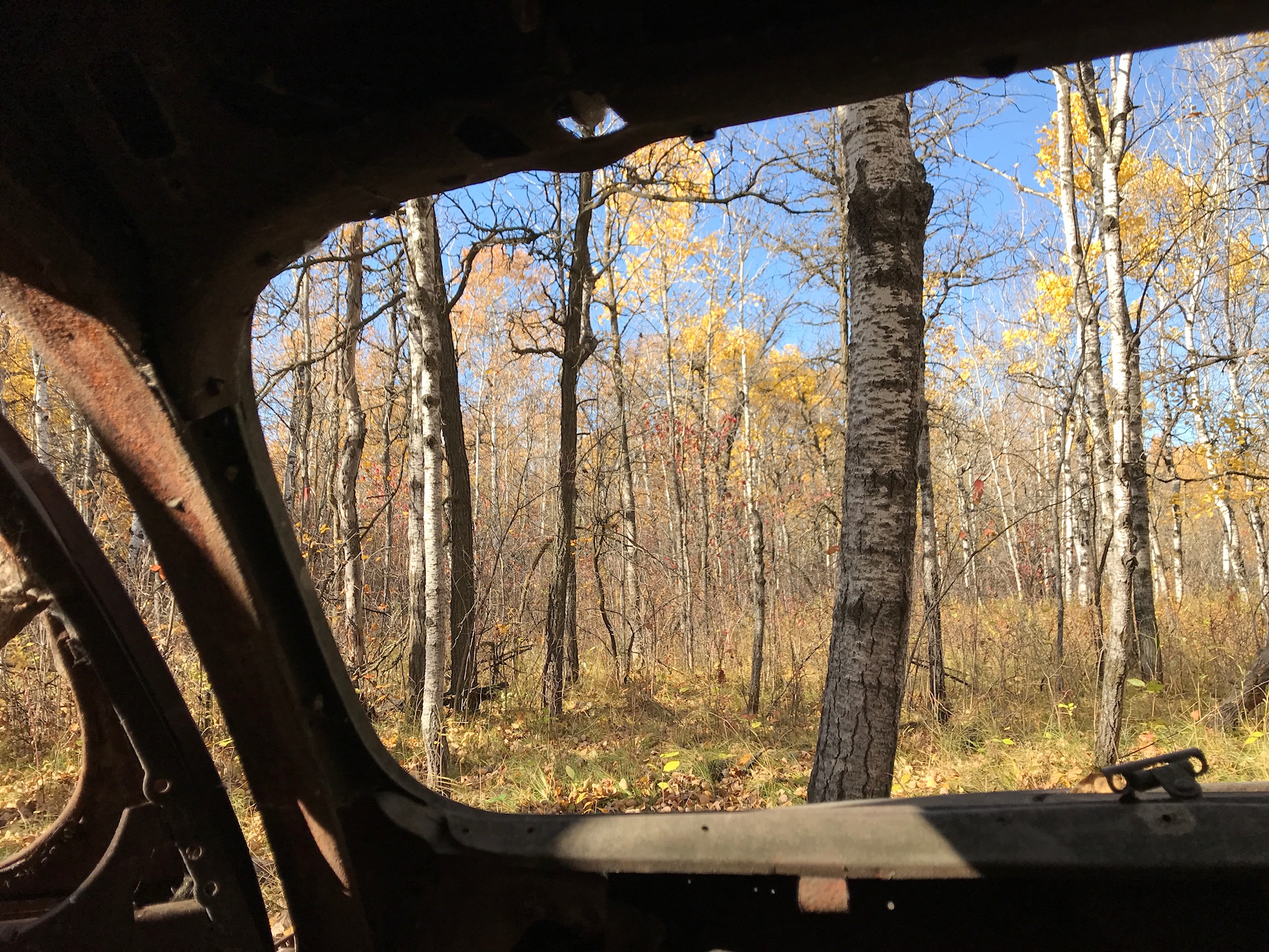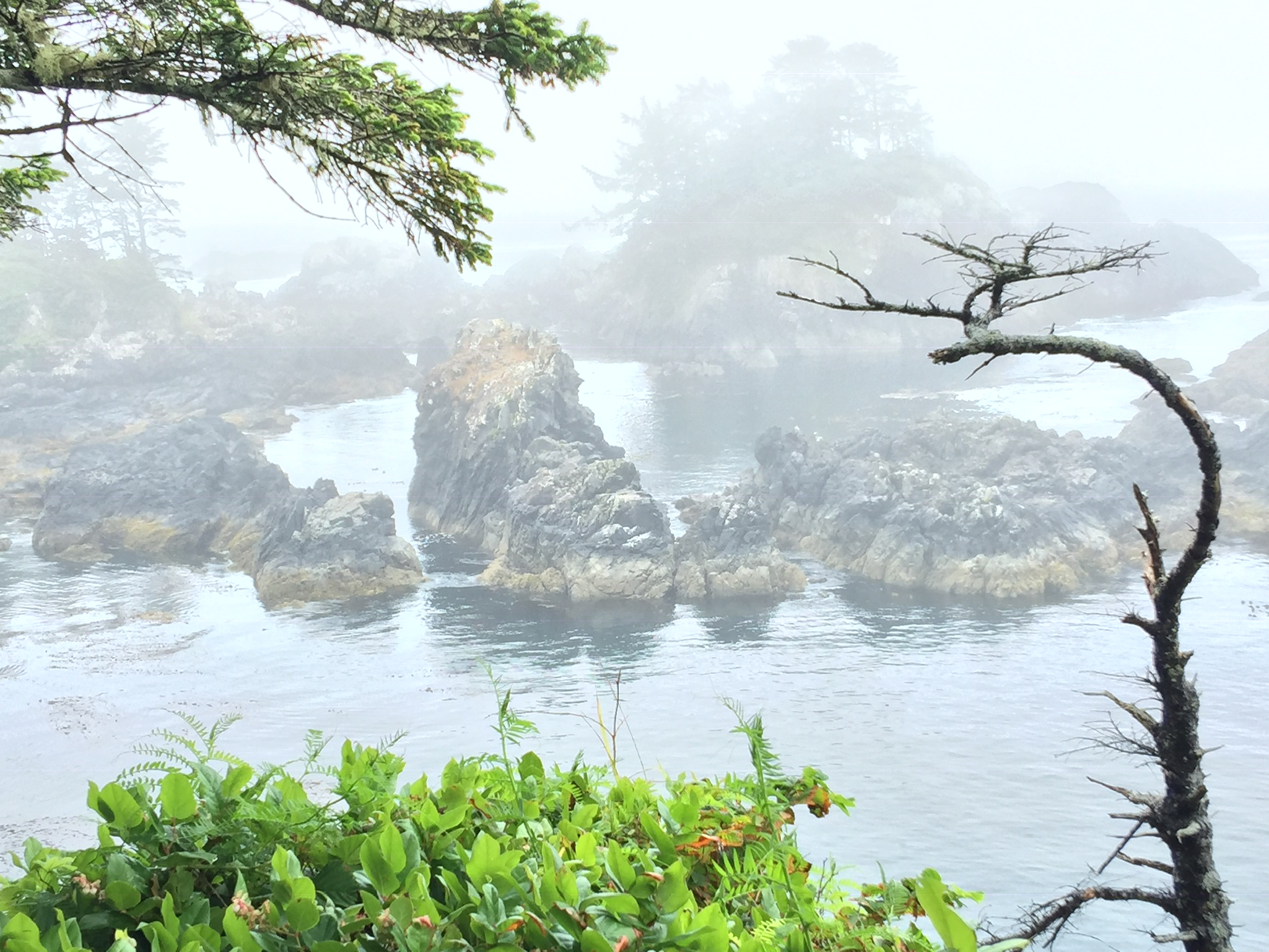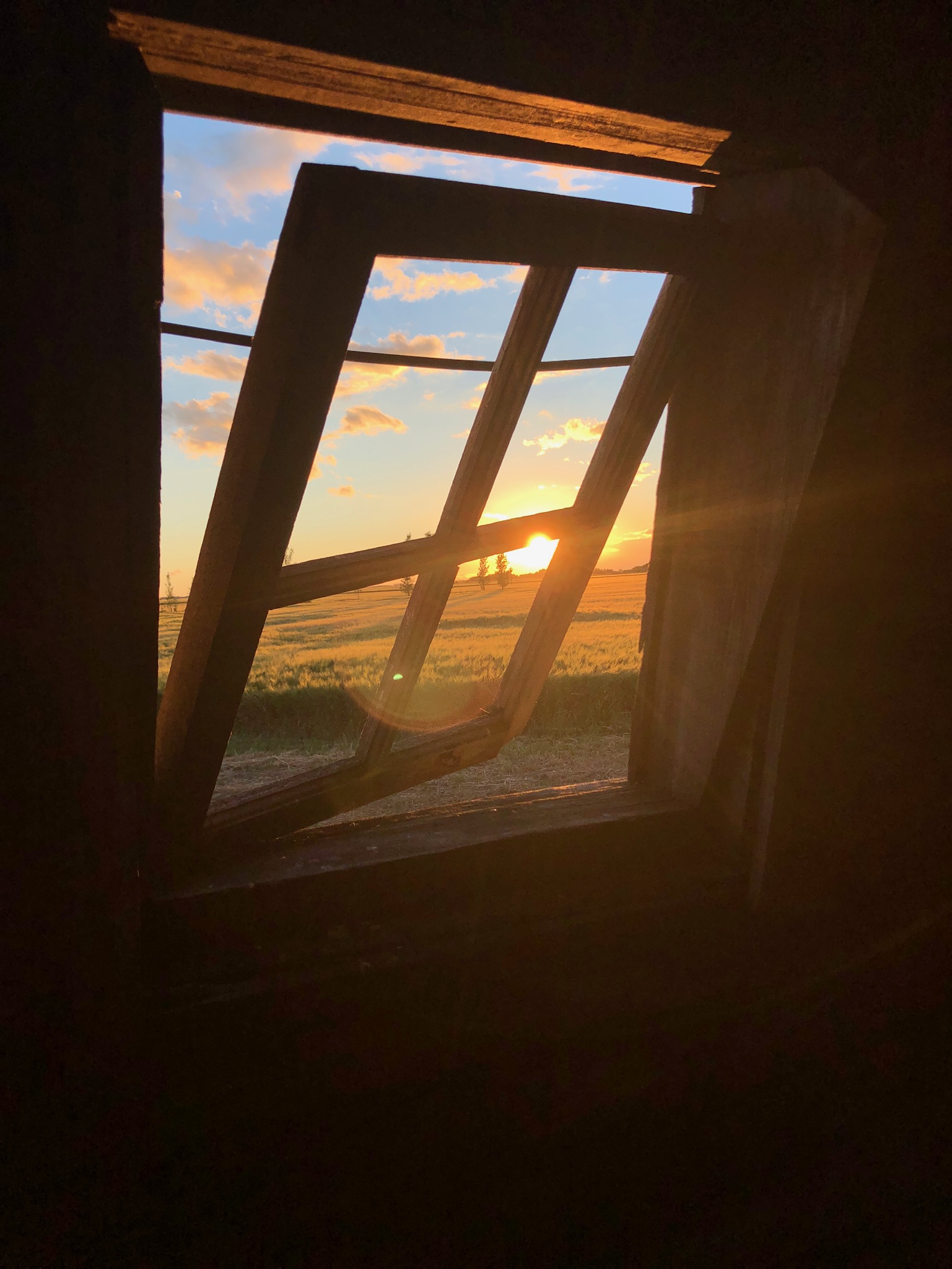By Lori Janeson
Canada is blessed with an abundance of pristine natural areas and scenic wonderlands. Much of the country is a boreal forest that evinces only minimal evidence of direct  human impact — though of course it’s under the gun from insidious threats like climate change and water pollution.
human impact — though of course it’s under the gun from insidious threats like climate change and water pollution.
These places begged to be photographed. Whether you’re a budding amateur shooter or a seasoned professional, it’s hard to go wrong with any of them. Here’s what you need to know to plan your next nature photography trip in Canada.
1. Banff National Park, Alberta
Say the words “national park” and “Canada” in the same sentence, context-free, and nine out of ten listeners will assume you’re referring to Alberta’s Banff National Park. Perched in an impossibly beautiful section of the Rocky Mountains, with stunning alpine lakes and high peaks all around, Banff is almost too easy to photograph well. It’s particularly beautiful in the early morning and late afternoon, when the sun’s sharp angles play game with the snow-covered mountains.
2. Jasper National Park, Alberta
Jasper National Park isn’t as well-known as Banff, but it’s actually larger: 11,000 square kilometers, to be precise. And it packs a lot in, from the stunning Icefields Parkway to Mount Edith Cavell, one of Canada’s true natural treasures. (Due to the area’s environmental sensitivity, you’ll need a permit to trek up Mount Edith Cavell.)
3. Fundy National Park, New Brunswick
The Bay of Fundy is one of the world’s best-known tidal bores, and it’s definitely not boring. This rugged seaside landscape is at once intimate and grand. Whether you’re shooting delicate wildlife in its countless tidal pools or capturing the broad sweep of the shoreline, there’s a lot to take in here.
4. Hecla Grindstone Provincial Park, Manitoba
Among Canada’s most distinctive provincial parks, Hecla Grindstone Provincial Park protects more than 1,000 square kilometers of forest and shoreline.
“Come to photograph the charming village; stay to catch a glimpse of moose browsing in Grassy Narrows Marsh.”—Lori Janeson
The park is also home to a historic Icelandic settlement that’s one of the few surviving remnants of a semi-autonomous community within what was then Canada’s Northwest Territories.
5. Gros Morne National Park, Newfoundland and Labrador
Visitors to Gros Morne National Park are forgiven for checking their GPS coordinates. More Norway than Newfoundland, this stunning seaside park is characterized by dramatic fjords, soaring cliffs, and scoured rock landscapes displaying centuries of wind and water action. Don’t miss the Tablelands, a broad badland with stunning rock and water views.
6. Cape Breton Highlands National Park, Nova Scotia
A kinder, gentler version of Gros Morne, Cape Breton Highlands mixes watery lowlands with steep sea cliffs, rounded interior mountains, and endangered alpine ecosystems. Hit the Cabot Trail, a stunningly beautiful drive up the park’s west coast, across the interior, and back down its east coast. Mind the switchbacks and remember to stop often for photos.
7. Waterton Lakes National Park, Alberta
Waterton Lakes National Park functions as an extension of Glacier National Park, just across the international border in Montana — or perhaps it’s the other way around. Either way, the landscape here is just as stunning: clear blue alpine lakes, high peaks, and ancient glaciers threatened by a changing climate.


 options. Paved roads nearly encircle Lake Winnipeg, though there are quite a few inlets and points without direct road access.
options. Paved roads nearly encircle Lake Winnipeg, though there are quite a few inlets and points without direct road access.